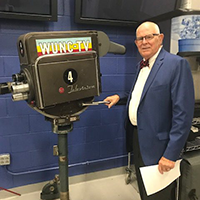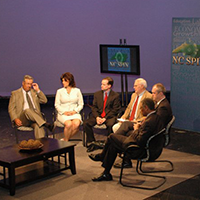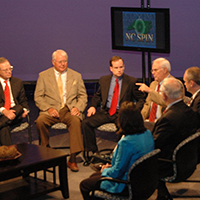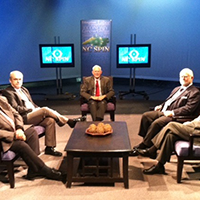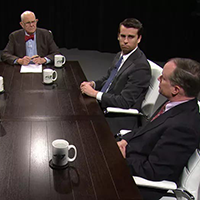Let parents choose their public schools
Published October 16, 2025
By John Hood
Having expanded its Opportunity Scholarship program and strengthened its charter-school laws, North Carolina got a solid “B” in the latest American Legislative Exchange Council ranking of educational freedom. About a quarter of our students attend chartered public schools, private schools, or home schools.
So, why weren’t we one of the eight states earning “A” grades? Because the General Assembly hasn’t yet applied the logic of parental choice to the largest category of schools in our state: district-run public schools.
Many parents do, in fact, manage to pick the district school their children attend. Some do so in districts that offer magnet schools or allow families to apply for transfers for academic or other reasons. Others are in a financial position to move into neighborhoods assigned to district schools the parents believe would be best for their children.
Still, most other states in the country do better by public-school families. They offer some form of open enrollment, which allows parents either to choose any public school within their district or to transfer to public schools in neighboring districts — or both. The best versions of these policies allow incoming schools to reject transfers only if there are no seats available, and ensure that even local money follows the student to his or her new school.
A new study from the Reason Foundation gave Oklahoma, Arkansas, Idaho, Arizona, West Virginia, and Utah top grades for open enrollment within public schools. Florida, Kansas, Colorado, Delaware, Nebraska, South Dakota, and Wisconsin also fared well. Unfortunately, North Carolina ranked near the bottom. We have no statewide system for open enrollment, and formal parental-choice programs within districts are limited or nonexistent.
It’s a puzzlement. Both conservatives and progressives ought to embrace open enrollment. For the former, it is a logical application of their stated support for educational freedom. The more choices parents have, the greater the likelihood of a good fit between student and school — and the more competitive the education sector becomes, driving all kinds of schools to excel.
As for progressives, most of whom oppose the proliferation of charter schools and government funding for private schools, open enrollment within district-run public schools should be their cause célèbre. At least some of the parents fleeing to private or homeschooling might be persuaded to remain within public schools if given more authority to choose them. Moreover, the current system perpetrates inequities: wealthy families can more easily buy a house within a desired assignment zone, or move to another home in response to periodic reassignment of public-school students.
ALEC currently ranks North Carolina 12th in educational freedom. So does the Cato Institute. The Heritage Foundation ranks us 11th. By my rough calculation, adopting open enrollment would vault North Carolina into the top 10 in every index, and potentially into the top 5 if the General Assembly opted for the stronger version of the reform.
I’m not suggesting state lawmakers do it to snag a positive headline. Expanding choice and competition in education makes students better off, and gives taxpayers a stronger return on their investment. A 2017 study published in the Journal of Education Finance found that jumps in student transfers out of a district increased reading scores. A Thomas Fordham Institute study of open enrollment in Ohio found a positive relationship with student performance in most of its statistical models. Studies of open-enrollment policies in Wisconsin and California show similarly positive associations, although I should note that some of the test-score gains are fairly modest.
In a Carolina Journal Poll conducted earlier this year, 72% of North Carolinians said that parents were best suited to determine where their children attended school, while 14% said local school boards should make the determination. When asked about open enrollment specifically, 72% of respondents also supported the reform, with 39% saying they “strongly supported” it. Just 21% of respondents were against open enrollment, including 9% who were “strongly opposed.”
Few education reforms are so broadly supported. Let’s do this.
John Hood is a John Locke Foundation board member. His books Mountain Folk, Forest Folk, and Water Folk combine epic fantasy and American history.
